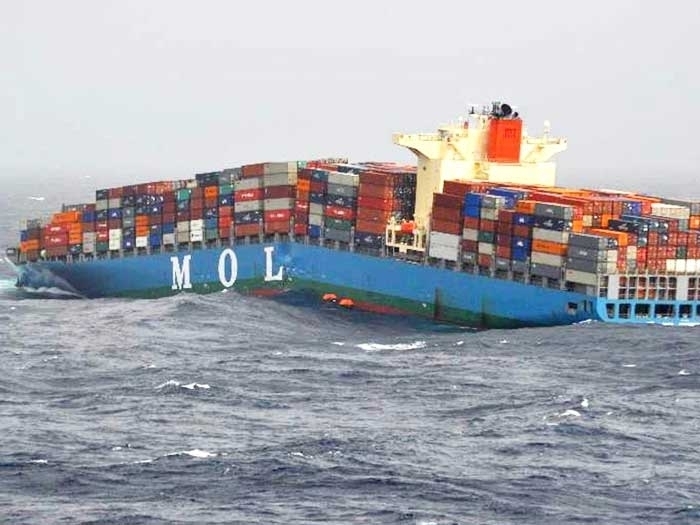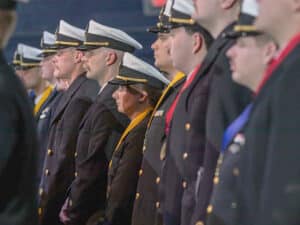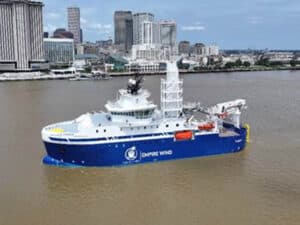
IACS introduces new rules on containership safety
Written by Nick Blenkey
JUNE 11, 2015 — In the wake of the June 2013 break up of the five year old MOL Comfort, efforts to improve the safety of large containerships have now seen the International Association of Classifications Societies (IACS) adopt new Unified Requirements. They were introduced at IMO today and IACs says they will enhance consistency between pre-existing class society provisions.
A single new Unified Requirement (UR S11A) amalgamates three new safety measures that, says IACS, “provide a robust, timely and complete response to the findings of the investigation by Japan’s Ministry of Land, Infrastructure, Transport and Tourism (MLIT) issued in March 2015 and subsequent papers to the IMO.”
An additional Unified Requirement (UR S34) deals with minimum loading conditions to be analyzed.IACS established an expert group on structural safety of containerships at the beginning of 2014. It carried out a post MOL Comfort review of available information that also took into account a number of past casualties.
The group’s work resulted in the development of UR S11A which is a longitudinal strength standard for containerships that explicitly addresses the three issues requested of both individual classification societies and IACS by the authors of the MLIT investigation report. In brief:
Bi-axial stresses which would be induced by lateral loading, i.e. external pressure on the bottom shell: IACS Members have for many years addressed these bi-axial stresses in their individual rules and procedures. The effect of the lateral loads which induce bi-axial stresses of bottom shell plates should be considered in the requirements of the hull girder ultimate strength and this will now be recognised in the new IACS Longitudinal Strength Standard for Containerships, known as Unified Requirement S11A which will enter into force on July 1, 2016.
The whipping effect on containerships: Although this phenomenon continues to be the subject of research, the effects are becoming better understood and some individual IACS Members have developed specific rule requirements in this regard. The development of an IACS Unified Requirements for the whipping component of hull girder loading will take time, however in the interim IACS has introduced a functional requirement into the new Unified Requirement S11A which requires IACS Members to take into account whipping in accordance with their individual procedures. Entry into force is again July 1, 2016.
A revised wave bending magnitude and longitudinal distribution has been included in the development of the new Unified Requirement S11A.
Additionally, UR S34 will set consistent requirements among IACS members by defining the unified minimum load cases used while performing strength assessment of containerships by Finite Element (FE) analysis.
This fulfills two principal aims. First, by prescribing high-level “functional requirements” on loads, the bottom line of structural strength becomes unified and, second, by developing a minimum set of common loading conditions for Cargo Hold Analysis in the midship region, a baseline for structural strength at cargo hold in the midship region is achieved.
UR S34 is applicable to containerships only and will apply from July 1 2016, requires a global (full ship) analysis for ships with length ≥ 290 m and a cargo hold analysis for ships with length ≥ 150 m.





Leave a Reply
You must be logged in to post a comment.